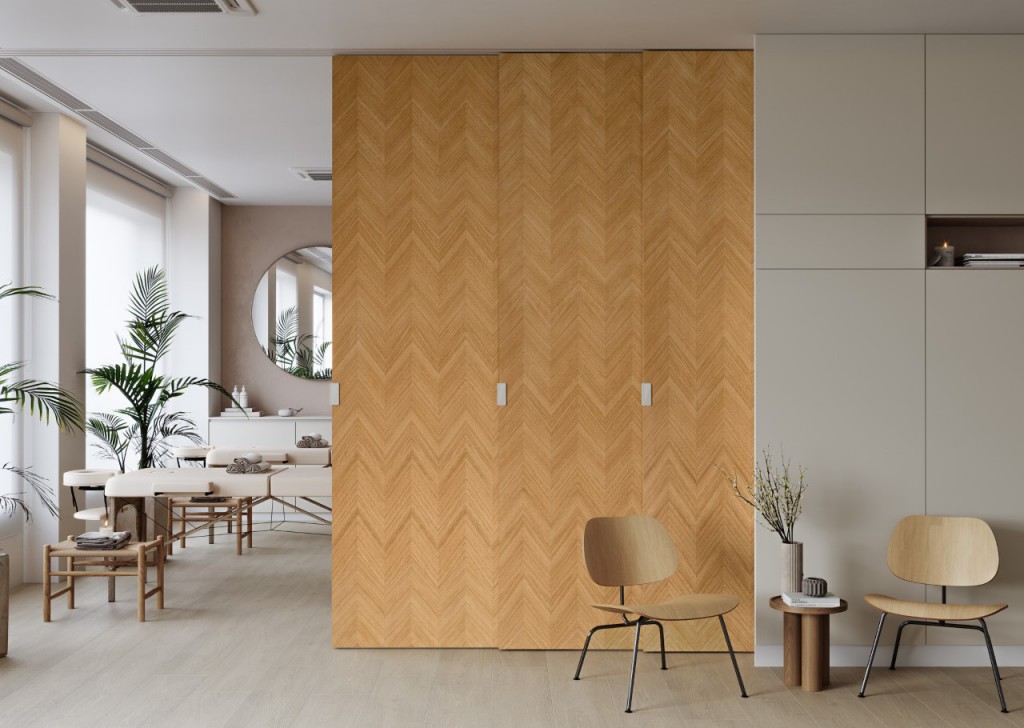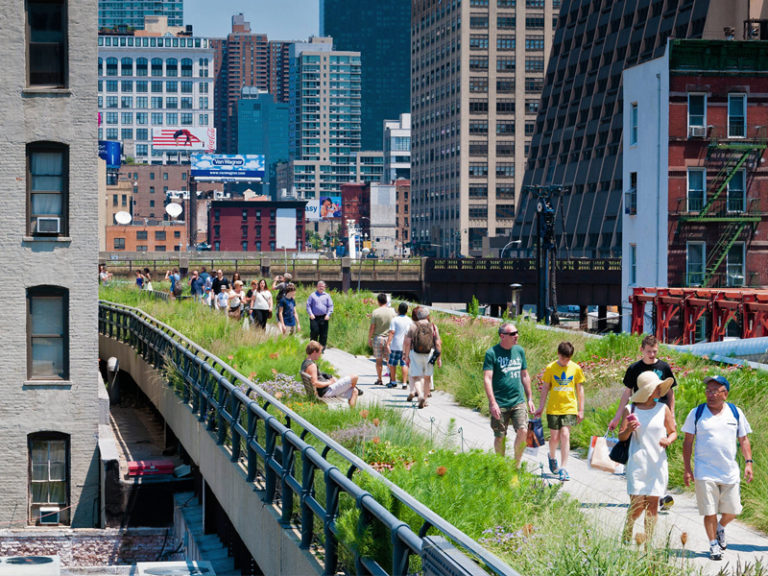It’s becoming more and more obvious that we need to take mental health into account when it comes to interior design and architecture. In fact, one of the key themes of this year’s World Design Capital program in Valencia is “to contribute to sustainable and inclusive development projects in order to improve the wellbeing and quality of life of the city’s people”.
In the Netflix documentary Abstract, British designer Isle Crawford says that we spend 87% of our lives indoors. It makes perfect sense, then, that how these structures are designed affects how we feel and behave. In her book Chemical Exposures: Low Levels and High Stakes, environmental health researcher Claudia Miller makes a more direct link between wellbeing and interior design, saying that “those working in architecture and design can improve public health more than healthcare professionals can”.
Biophilic design may hold the answer
The impact that nature has on our mental and physical health was highlighted as a result of the coronavirus pandemic. It even has a name: Heidi Syndrome, a term coined by Richard Louv in his 2005 book Last Child in the Woods. It explains why we have spent the last few years trying to mitigate the consequences of this ‘nature deficit’.
Biophilia means ‘a love of life’ and was first used by the biologist Edward O. Wilson in the 1980s. It has recently been brought back into use by interior designers, with life and nature being seen as inseparable. We don’t have to live in the middle of a forest, in the country, or in the jungle to be connected to the natural world. Urban planners, designers, and architects have spent years researching how nature influences our state of wellbeing when it is part of our daily life.
This approach is known as biophilic design and it involves incorporating nature into interior and exterior spaces, better connecting us to the environment which, in turn, improves our wellbeing. Things like listening to birdsong, staring at trees, or getting our hands dirty while doing some gardening are daily activities that can make us feel better.
Some of the elements of biophilic design that can improve our mental health include water, plants, animals, and certain sounds, smells, and pleasant sensations. Maybe it’s just a space with lots of light and a breeze; a space that is a refuge and that connects you to the outdoors with sunlight and the surrounding natural elements. Fluidity in the form of arches and simple lines is also a big part of the biophilic approach, as are the warmth and organic essence of light-coloured wood, natural fibres, and raw materials.

Keeping spaces tidy, simple, and connected to each other also improves our wellbeing. Fluidity and harmony in the spaces that we live in allows that balance inside us to flourish, something that is so necessary in today’s stressful and noisy world. These are spaces that live and breathe, that we feel a part of and that are a part of our identity, where we can practice self-care and get in touch with senses. With this in mind, soft textures and organic fabrics can help us feel a stronger connection to nature.
Light: essential for our wellbeing
If ‘having a gloomy outlook’ is synonymous with pessimism, the opposite would be focusing on the light that surrounds us. Natural light is guaranteed to improve our wellbeing. Add something shiny and you’ve improved its benefits tenfold. The sun is the engine behind our existence and its impact on our lives is proof of that. Boosting its effects whenever possible is always a good idea, perhaps by connecting indoor spaces with outdoor ones or using light-coloured materials.
Local products: connecting us to our roots
Biophilic design is also a part of the local shops that connect us to who we are. Buying local produce and products is an action that protects nature by avoiding unnecessary waste and kilometres travelled between the point of production and that of distribution. Having such products on display, featuring local plantlife, or using timber in their interiors are just some of the ways that these stores guarantee the protection of all that is natural and local. Arboreal inspiration and connection to nature are becoming a must in neighbourhood establishments.
The inclusion of more green spaces in public areas is another element of the biophilic approach. New York’s High Line Park is a shining example of this. It’s an old train line that has been converted into an open public space with 330 species of plants, trees, bushes, and grasses for everyone to enjoy.

Looking after our mental and emotional health is all about reconnecting to our roots and allowing our body to get back to basics, to the nature that we come from and that we often ignore. There is nothing healthier than embracing and including nature in our lives because, even though we might sometimes forget, we are actually a part of it, too.




